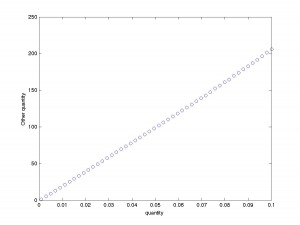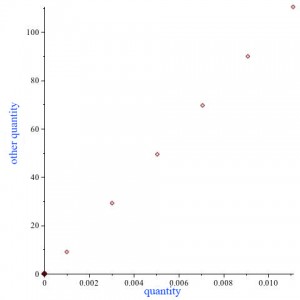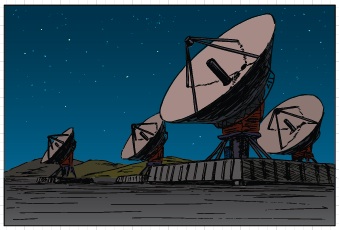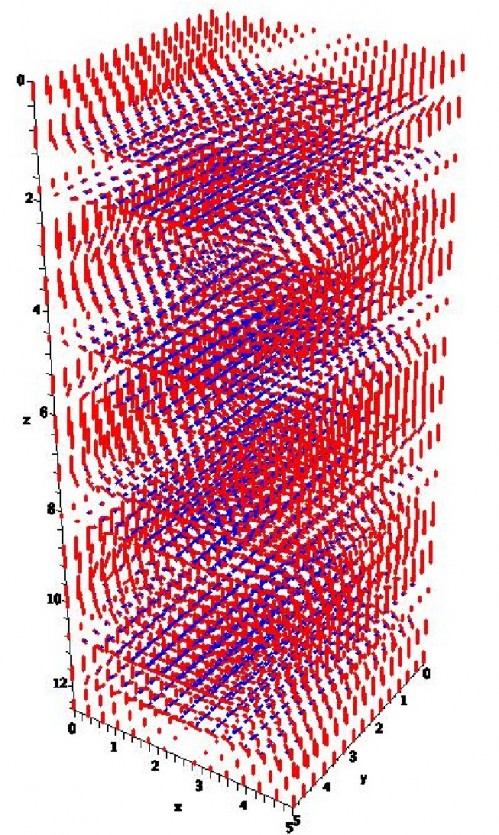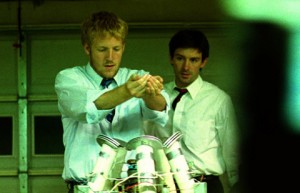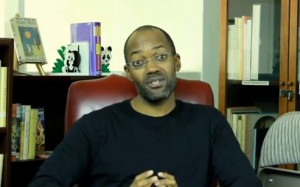Lines of Thought
So I’ve moved on to curved lines now, in case you’re wondering. 🙂 (See previous posts.) The last several days (the research parts) have been taken up with more computations. A lot of the time has been spent calibrating the programs, and trying to assess and understand and characterize the inevitable errors that show up, by running the programs and checking the resulting plots of data points against expectations shaped by hand calculations. Calculating on the train to and from work, I’ve filled several pages of my small notebook with computations, alongside sketches of some of my surroundings as usual (people mostly). As a result (fingers crossed) I think I’ve now understood all the key aspects of the results I’ve been getting, and have good numerical control of things. To get such control, I’ve had to push the error tolerance and the size of the grid of points I’m computing on to regimes where I’m back again to waiting for the better part of an hour for each data point. (One sets up the problem on the computer by making continuous variables, such as space and time, into discrete ones, forming a grid. The problem is then to use various […] Click to continue reading this post

